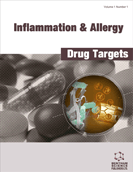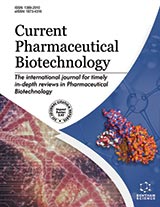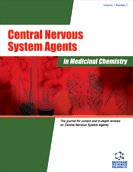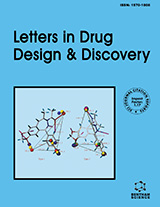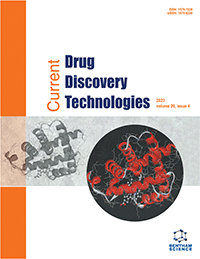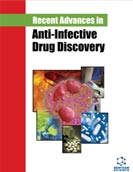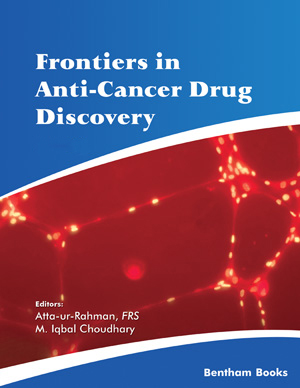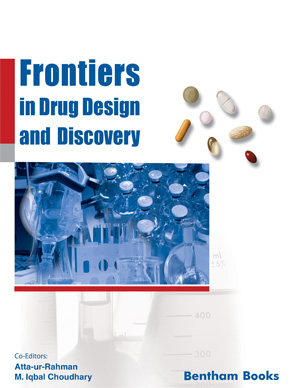Abstract
Guillain-Barre syndrome is a frequently post-infectious, autoimmune acute inflammatory polyradiculoneuropathy affecting all age groups. It typically results in rapid-onset weakness symmetrically affecting proximal and distal muscles. Cranial muscles are not infrequently affected and respiratory muscle weakness requiring mechanical ventilation occurs in 25% of cases. The incidence is around 1-2 per 100,000/year. Various clinical, electrophysiological and immunological subtypes are described. Plasma exchanges (PE) and intravenous immunoglobulins (IVIg) represent the main treatment options. PE were shown to be effective on rate of recovery in randomized trials. Subsequently further trials have demonstrated the equivalence of IVIg. IVIg are frequently the preferred option for practical reasons. Treatment can result in reversible clinical fluctuations which need to be readily recognized. Although number of PE appears to be optimally of 4, except in mildly affected patients where only 2 may suffice, the dosage of IVIg conventionally administered (2 g/kg) may be sub-optimal in some patients. This may relate to a relationship between IVIg pharmacokinetics and clinical outcome. Studies are under way to evaluate the usefulness of a second IVIg course in severely-affected GBS patients. There is no evidence for use of corticosteroids in GBS. Both IVIg and PE are costly and despite their use and established effectiveness, there is still a need for new treatments to lessen disability. Further research is warranted in optimizing currently available therapies as well as finding others to effectively improve the management of this potentially devastating condition.
Keywords: Guillain-Barre syndrome, intravenous immunoglobulins, plasma exchange, treatment, polyradiculoneuropathy, Campylobacter jejuni enteritis, cerebrospinal fluid, Acute Motor Axonal Neuropathy, Acute Motor and Sensory Axonal Neuropathy, Acute Inflammatory Demyelinating Polyradiculoneuro-pathy
Inflammation & Allergy - Drug Targets (Discontinued)
Title:Treatment of Guillain-Barre Syndrome: A Review
Volume: 11 Issue: 4
Author(s): Yusuf A. Rajabally
Affiliation:
Keywords: Guillain-Barre syndrome, intravenous immunoglobulins, plasma exchange, treatment, polyradiculoneuropathy, Campylobacter jejuni enteritis, cerebrospinal fluid, Acute Motor Axonal Neuropathy, Acute Motor and Sensory Axonal Neuropathy, Acute Inflammatory Demyelinating Polyradiculoneuro-pathy
Abstract: Guillain-Barre syndrome is a frequently post-infectious, autoimmune acute inflammatory polyradiculoneuropathy affecting all age groups. It typically results in rapid-onset weakness symmetrically affecting proximal and distal muscles. Cranial muscles are not infrequently affected and respiratory muscle weakness requiring mechanical ventilation occurs in 25% of cases. The incidence is around 1-2 per 100,000/year. Various clinical, electrophysiological and immunological subtypes are described. Plasma exchanges (PE) and intravenous immunoglobulins (IVIg) represent the main treatment options. PE were shown to be effective on rate of recovery in randomized trials. Subsequently further trials have demonstrated the equivalence of IVIg. IVIg are frequently the preferred option for practical reasons. Treatment can result in reversible clinical fluctuations which need to be readily recognized. Although number of PE appears to be optimally of 4, except in mildly affected patients where only 2 may suffice, the dosage of IVIg conventionally administered (2 g/kg) may be sub-optimal in some patients. This may relate to a relationship between IVIg pharmacokinetics and clinical outcome. Studies are under way to evaluate the usefulness of a second IVIg course in severely-affected GBS patients. There is no evidence for use of corticosteroids in GBS. Both IVIg and PE are costly and despite their use and established effectiveness, there is still a need for new treatments to lessen disability. Further research is warranted in optimizing currently available therapies as well as finding others to effectively improve the management of this potentially devastating condition.
Export Options
About this article
Cite this article as:
A. Rajabally Yusuf, Treatment of Guillain-Barre Syndrome: A Review, Inflammation & Allergy - Drug Targets (Discontinued) 2012; 11 (4) . https://dx.doi.org/10.2174/187152812800959059
| DOI https://dx.doi.org/10.2174/187152812800959059 |
Print ISSN 1871-5281 |
| Publisher Name Bentham Science Publisher |
Online ISSN 2212-4055 |
 27
27Related Articles
-
Current Evaluation of the Millennium Phytomedicine- Ginseng (II): Collected Chemical Entities, Modern Pharmacology, and Clinical Applications Emanated from Traditional Chinese Medicine
Current Medicinal Chemistry Diabetes Mellitus: Channeling Care through Cellular Discovery
Current Neurovascular Research Targeting the Cholinergic System for Neuroprotection and/or Enhancement of Functional Recovery Following Neurotrauma
Current Pharmaceutical Design Dietary Intake and Bone Status with Aging
Current Pharmaceutical Design Curcumin and its Multi-target Function Against Pain and Inflammation: An Update of Pre-clinical Data
Current Drug Targets The Brain Galanin Receptors: Targets for Novel Antidepressant Drugs
CNS & Neurological Disorders - Drug Targets Crystallization of the N-Terminal Ankyrin Repeat Domain of the 2-5ADependent Endoribonuclease, RNase L
Protein & Peptide Letters Death Receptor Ligands: New Strategies for Combined Treatment with Ionizing Radiation
Current Medicinal Chemistry - Anti-Cancer Agents Gene-based Therapeutic Tools in the Treatment of Cornea Disease
Current Gene Therapy The Effect of Chemotherapy/Radiotherapy on Cancerous Pattern Recognition by NK Cells
Current Medicinal Chemistry Editorial (Thematic Issue: Natural Leads in Drug Discovery against Metabolic Disorders and their Related Infectious Diseases)
Current Topics in Medicinal Chemistry Targeting Transcription Factor Binding to DNA by Competing with DNA Binders as an Approach for Controlling Gene Expression
Current Topics in Medicinal Chemistry The Role of Coagulation and Fibrinolysis in the Pathogenesis of Acute Lung Injury
Current Respiratory Medicine Reviews Patent Ductus Arteriosus in Extreme Prematurity: Role of Echocar-diography and Other Imaging Techniques
Current Pediatric Reviews A QSAR Study on Some Thiophene Derivatives Acting as Anti-HCV Agents
Letters in Drug Design & Discovery Rho Kinase Inhibitors and Novel Ocular Drug Delivery Systems- A Revolutionary Step Towards the Treatment of Glaucoma
Current Drug Delivery Vitamin D in Atherosclerosis, Vascular Disease, and Endothelial Function
Current Drug Targets Angiotensin Converting Enzyme Inhibitor in Coronary Artery Bypass Surgery
Drug Design Reviews - Online (Discontinued) Anti-Inflammatory and Antimicrobial Effects of Flavonoids from Heliotropium ellipticum Exudate
Current Bioactive Compounds Toward a Discipline of Pharmacoepigenomics
Current Pharmacogenomics


